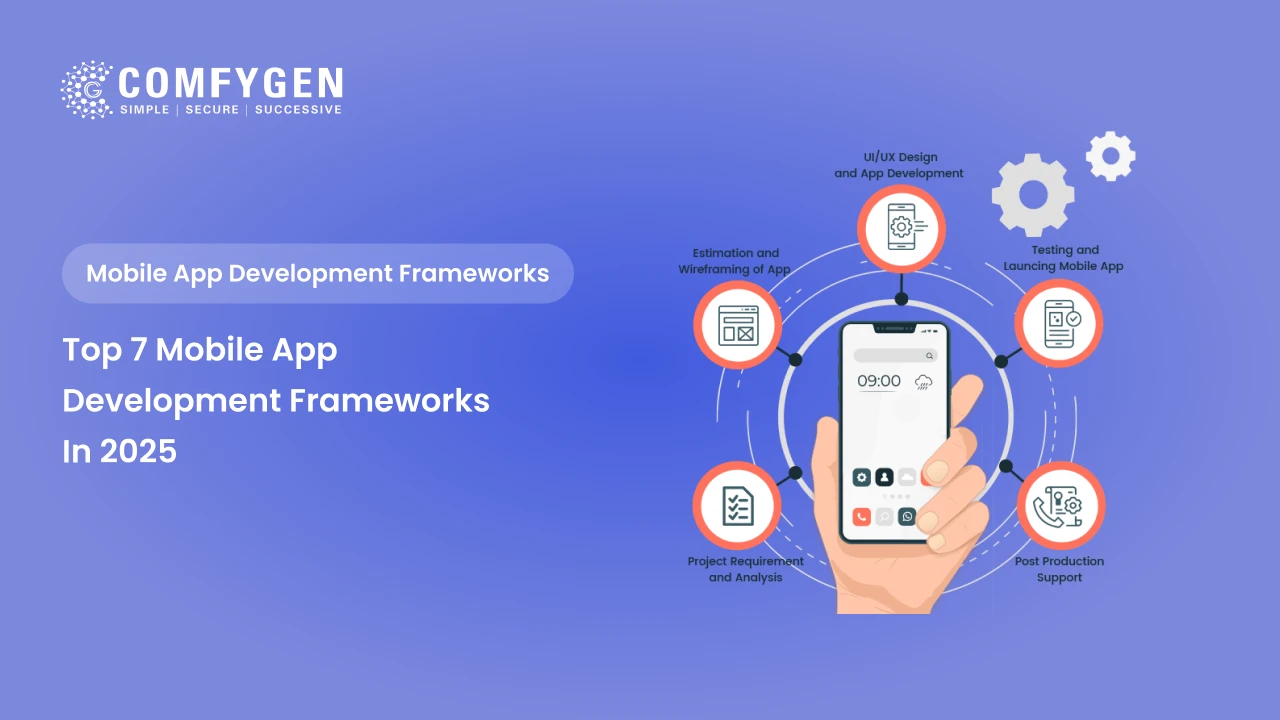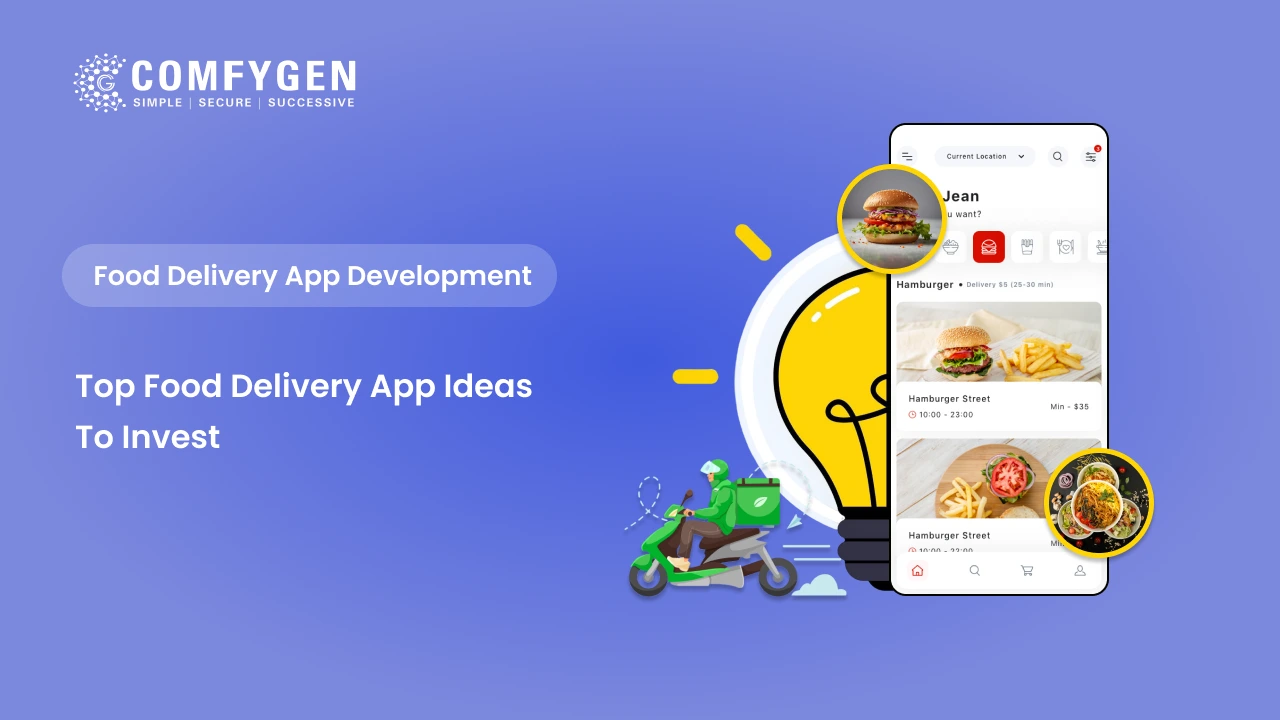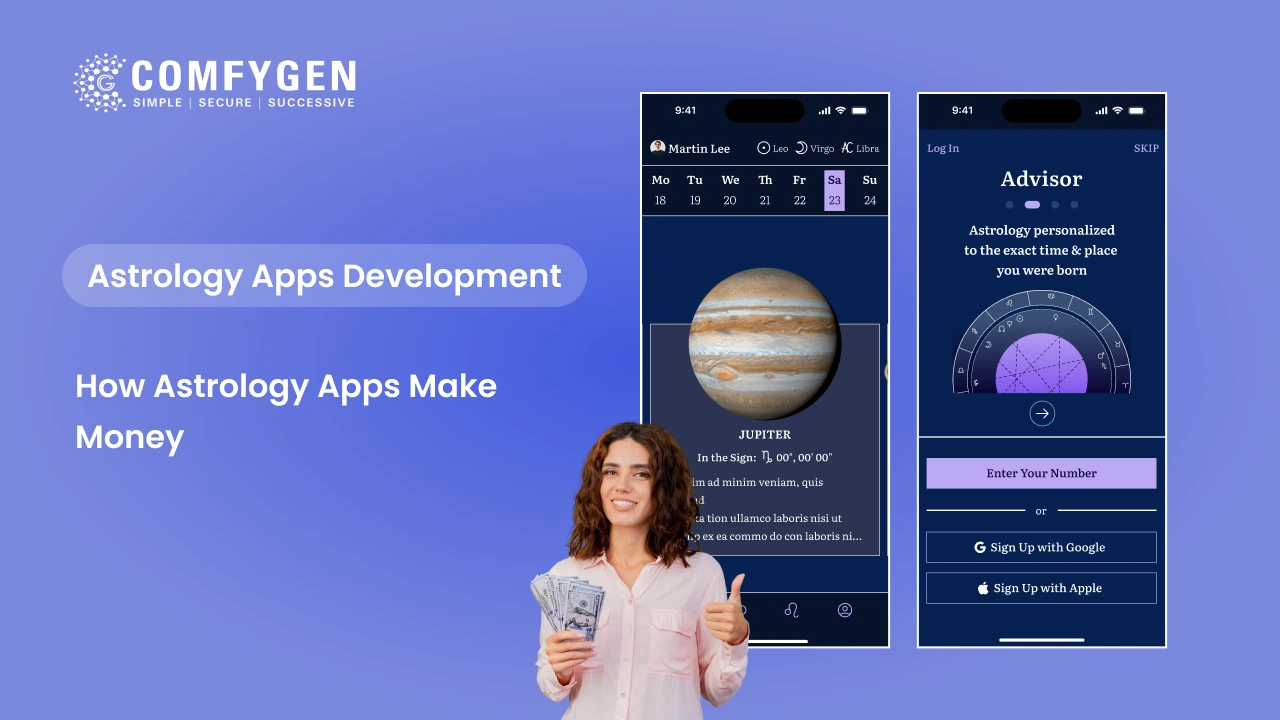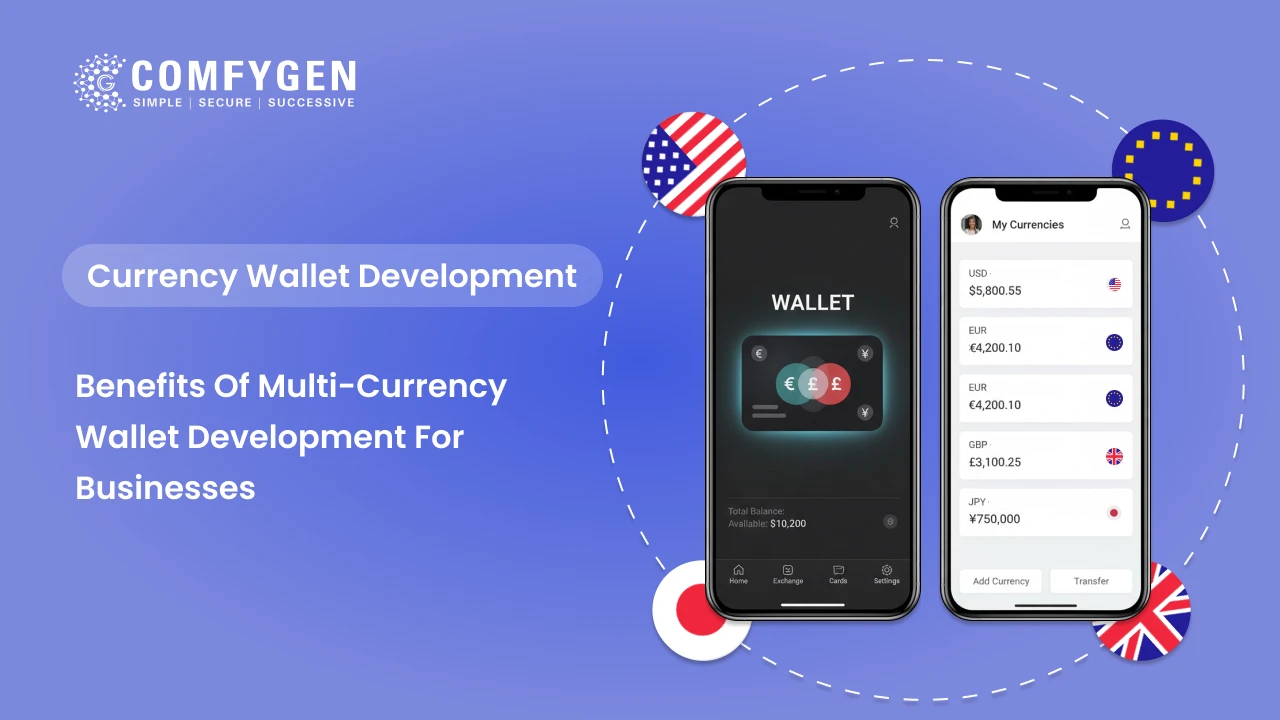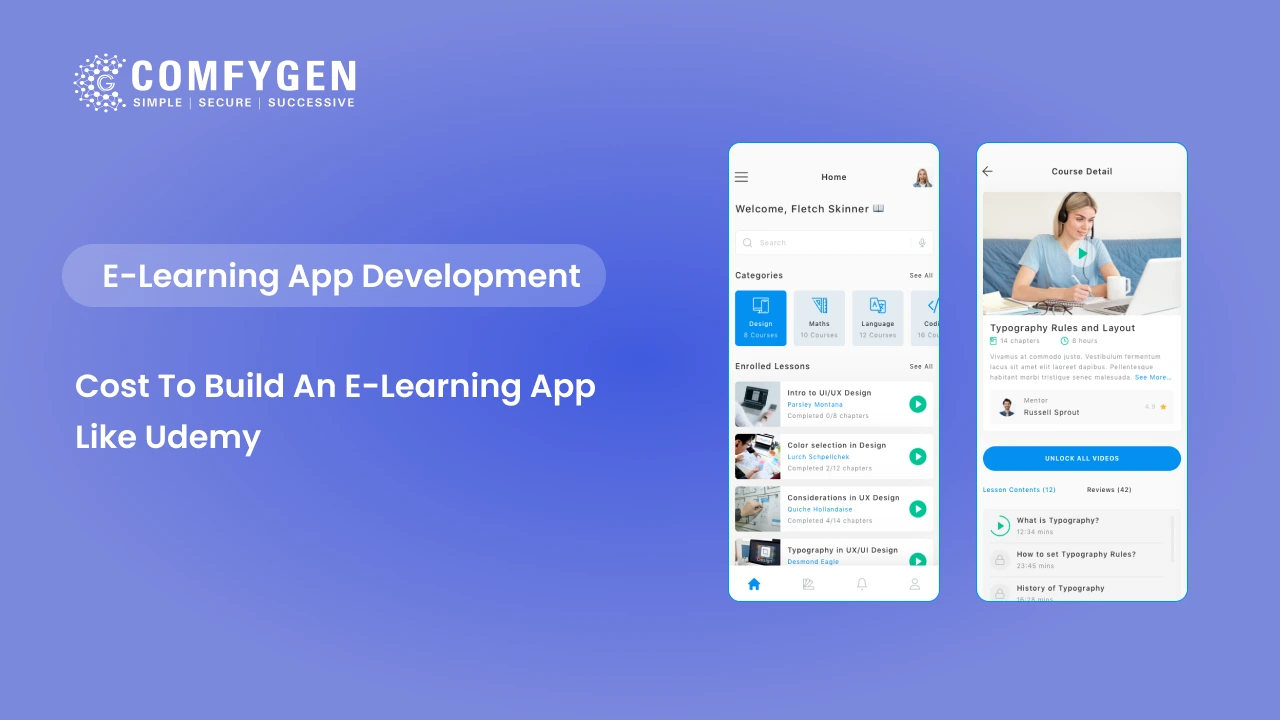Top 7 Mobile App Development Frameworks in 2025
The mobile app development industry has seen remarkable growth, driven by the increasing demand for apps across all sectors, from e-commerce to healthcare. With over 6.6 billion smartphone users globally, mobile apps have become essential for businesses to engage with their audience. Developers constantly look for efficient ways to build high-quality apps while minimizing costs and development time. This is where mobile app development frameworks come into play. These frameworks provide the necessary tools and guidelines that streamline the development process.
In this article, we will explore the top mobile app development frameworks that are expected to revolutionize app development in 2025. These frameworks offer excellent flexibility, performance, and a wide range of features, allowing developers to create cutting-edge mobile applications. Whether you’re a seasoned developer or just starting, these frameworks can help you stay ahead in the competitive mobile app landscape.
What is a Mobile App Development Framework?
A mobile app development framework is essentially a set of pre-written code, tools, and libraries designed to simplify the app development process. It acts as a foundation that developers can use to build their apps more efficiently. Frameworks come with ready-to-use components for common features, such as user interfaces, navigation, and network calls. This allows developers to avoid reinventing the wheel and focus more on creating unique features for their apps.
Frameworks are popular because they speed up development, reduce coding errors, and provide stability. They offer a solid base for developers to build upon and ensure apps are more secure, scalable, and maintainable. Frameworks also allow for cross-platform development, meaning a single codebase can be used for both Android and iOS, which can save considerable time and resources.
Why Do Businesses Need the Best Mobile App Development Framework?
The demand for mobile apps continues to grow, and businesses are increasingly using mobile apps to enhance customer engagement, improve user experience, and drive revenue. In 2025, businesses will need modern app development frameworks more than ever to meet these demands. Developing an app from scratch can be time-consuming, resource-intensive, and costly, particularly for startups and small businesses with limited budgets.
By using the best frameworks, businesses can achieve faster time-to-market, optimize development costs, and offer a better app experience. Modern frameworks provide a robust foundation with built-in features like pre-built components, testing tools, and cloud integration capabilities, all of which can help businesses deliver high-quality apps while minimizing overhead costs.
Global Stats:
- According to Sensor Tower, the total spending in the Google Play Store and Apple App Store is expected to reach $60 billion and $96 billion, respectively, by the end of 2024.
- In addition, data shows that people spend more than 5 hours a day on mobile apps, which highlights the growing role of apps in daily life and business.
Top 7 Mobile App Development Frameworks in 2025
Now, let’s explore the top 7 mobile app development frameworks that will shape the industry in 2025.
1. React Native
React Native is a popular open-source framework developed by Facebook. It is one of the most widely adopted cross-platform frameworks that allows developers to build high-performance apps for both iOS and Android using a single codebase. React Native uses JavaScript and React, which means developers can build mobile apps in a familiar environment and leverage the massive ecosystem of JavaScript libraries.
React Native provides a rich set of features, including a fast refresh mechanism, allowing developers to see code changes instantly. Its ability to render native UI components and access native device APIs ensures that React Native apps have a native-like feel and performance.
Popular Apps Built with React Native:
- Airbnb
- Walmart
- Skype
Key Features:
- Native components for iOS and Android
- Hot reloading for fast development
- Large community and extensive documentation
- Reusable code for cross-platform compatibility
Pros:
- Faster development due to reusable code
- Cross-platform development support
- Strong community and support from Facebook
- Can integrate third-party plugins
Cons:
- Limited support for some native features
- Can experience performance issues in complex applications
Build Future-Ready Mobile
Apps With the Right Framework
Contact Now
2. Flutter
Developed by Google, Flutter is a powerful framework for building high-performance, cross-platform apps. Flutter allows developers to write one codebase and deploy it on both iOS and Android, as well as web and desktop platforms. One of its standout features is its customizable widget system, which gives developers full control over the app’s UI.
Flutter uses the Dart programming language and comes with a wide range of pre-designed widgets, making it ideal for creating highly interactive and visually appealing apps.
Popular Apps Built with Flutter:
- Google Ads
- Reflectly
- Alibaba
- SpaceX Go
Key Features:
- Fast flutter development with hot reload
- High-performance rendering engine (Skia)
- Rich set of customizable widgets
- Good documentation and community support
Pros:
- High native performance and smooth animations
- Robust widget support
- Flexibility and control over the UI
- Ideal for building visually rich apps
Cons:
- Smaller community compared to React Native
- Limited libraries and third-party tools
3. Xamarin
Created by Microsoft, Xamarin is a cross-platform framework that allows developers to build native apps for iOS, Android, and Windows using C# and NET. Xamarin is known for its native performance and full access to platform-specific APIs. With Xamarin, developers can share up to 90% of their code across platforms, which helps in reducing development time and costs.
Popular Apps Built with Xamarin:
- Azure
- HCL
- Storyo
- The World Bank
Key Features:
- Native-like performance
- Full access to native APIs
- Extensive .NET ecosystem and libraries
- Strong integration with Visual Studio
Pros:
- Native performance with a single codebase
- Large .NET ecosystem
- Strong support for enterprise applications
- Rich diagnostics and debugging tools
Cons:
- Requires Visual Studio, which can be costly
- Smaller community compared to other frameworks
- UI development can be time-consuming
4. Ionic
Ionic is a popular open-source framework for building cross-platform mobile apps using web technologies like HTML, CSS, and JavaScript. It provides a library of pre-designed UI components, allowing developers to create apps that look and feel native on both iOS and Android.
Ionic is built on top of Apache Cordova, which allows developers to access native device features. It’s great for building Progressive Web Apps (PWAs) and mobile apps that need to be deployed across different platforms.
Popular Apps Built with Ionic:
- McDonald’s Turkey app
- MarketWatch
- Diesel
- InstantPot
Key Features:
- Pre-designed UI components for native-like design
- Cross-platform development for web and mobile
- Works well with Angular, React, and Vue
- Plugin support for native device features
Pros:
- Fast development with a web-based framework
- Large community and support
- Ideal for building PWAs and hybrid apps
- Flexibility with JavaScript frameworks
Cons:
- Not suitable for a performance-heavy app
- Can have issues with complex animations
- Limited performance compared to fully native apps
5. Apache Cordova
Apache Cordova (previously known as PhoneGap) is an open-source framework for building mobile apps using web technologies. It enables developers to create apps using HTML5, CSS3, and JavaScript, and deploy them to multiple platforms like iOS, Android, and Windows Phone.
Cordova allows developers to access native device APIs via plugins, which makes it ideal for creating hybrid apps that run on multiple platforms with a single codebase.
Popular Apps Built with Apache Cordova:
- Untappd
- JustWatch
- Localeur
- SparkChess
Key Features:
- Ability to use native device APIs
- Cross-platform compatibility
- Supports a wide range of plugins
- Open-source and free to use
Pros:
- Quick to set up and start development
- Cross-platform support with one codebase
- Large selection of plugins for device features
Cons:
- Performance issues with complex apps
- Limited access to newer APIs
- Can be slow compared to other frameworks
6. Swiftic
Swiftic is a no-code mobile app development platform that enables businesses to create custom mobile apps without any coding experience. It offers a drag-and-drop interface to design apps, making it a great choice for businesses looking to quickly create simple apps without relying on developers.
Swiftic is ideal for businesses that need apps for customer loyalty, e-commerce, and local businesses.
Popular Apps Built with Swiftic:
- Muve Magazine
- Remix Coffee Co.
- The Gentlemen’s Barber
- The Clubhouse
Key Features:
- Drag-and-drop app design
- Integration with third-party services
- Push notifications
- Customer loyalty and rewards integration
Pros:
- Easy to use, even without coding knowledge
- Great for small businesses and startups
- Affordable compared to hiring developers
Cons:
- Limited customization options
- Not suitable for complex app functionalities
- Limited scalability
7. JQuery Mobile
JQuery Mobile is a touch-optimized framework built on jQuery, allowing developers to create mobile-friendly web apps. It’s a simple and lightweight framework, perfect for building apps that work on various devices, including smartphones, tablets, and desktops.
JQuery Mobile works well for businesses that need a quick,
Key Features:
-
HTML5-based user interface system
-
Compatible with all major platforms
-
Lightweight and easy to use
-
ThemeRoller for UI customization
Pros:
-
Fast and simple setup
-
Good for mobile websites or lightweight apps
-
Wide device compatibility
Cons:
-
Not suitable for performance-intensive apps
-
Outdated for some modern use cases
-
Limited community support compared to modern frameworks
Not Sure Which
Framework Fits Your App Idea?
Contact Now
Conclusion
As the mobile app development landscape continues to evolve in 2025, selecting the right framework has become more critical than ever. Whether you’re a startup seeking rapid market entry, an enterprise building a high-performance solution, or a business aiming for cross-platform reach, your choice of framework will directly impact development speed, user experience, cost, and scalability.
Frameworks like Flutter and React Native lead the pack with their powerful cross-platform capabilities and vibrant ecosystems. Xamarin continues to appeal to .NET developers and enterprises needing robust native performance. Ionic and Cordova are great choices for web developers transitioning to mobile, while Swiftic and jQuery Mobile cater to no-code or lightweight app needs.
Each of these mobile app development frameworks offers distinct advantages based on project requirements, developer skillsets, and business goals. The ideal approach is to evaluate your app’s complexity, UI/UX expectations, platform compatibility, and performance benchmarks before making a decision.

Mr. Saddam Husen, (CTO)
Mr. Saddam Husen, CTO at Comfygen, is a renowned Blockchain expert and IT consultant with extensive experience in blockchain development, crypto wallets, DeFi, ICOs, and smart contracts. Passionate about digital transformation, he helps businesses harness blockchain technology’s potential, driving innovation and enhancing IT infrastructure for global success.
Based on Interest
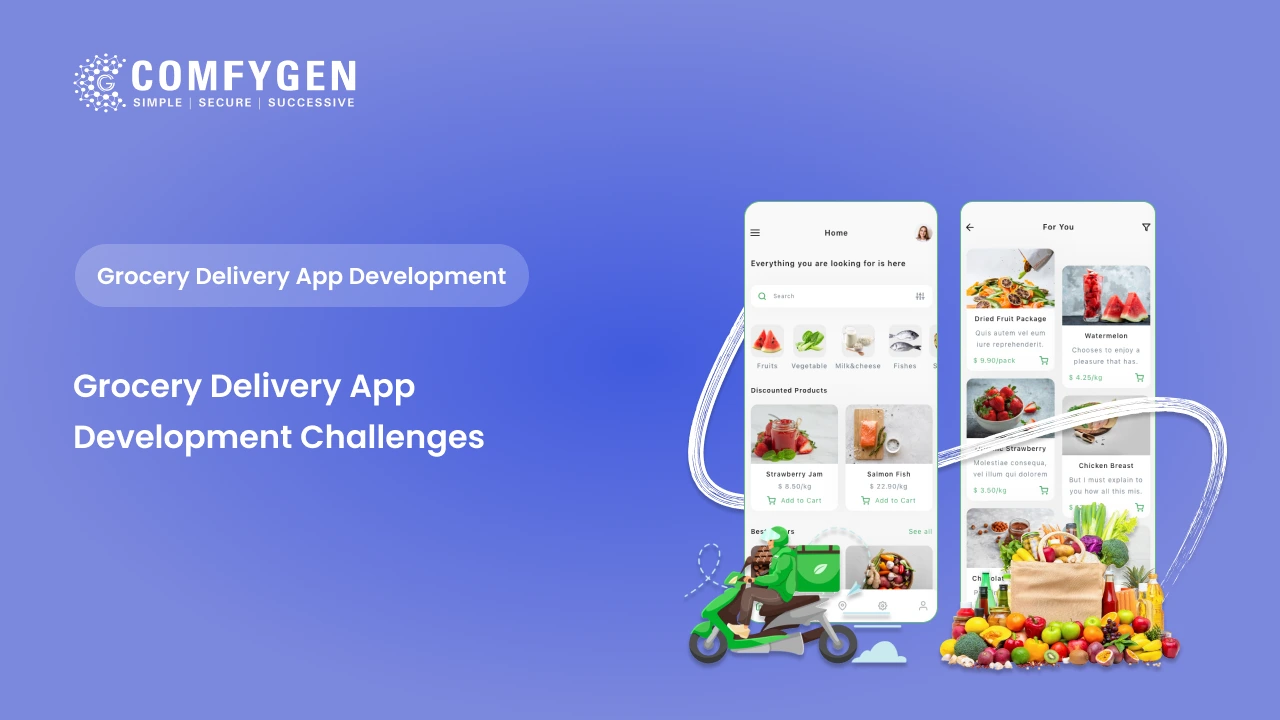
Grocery Delivery App Development Challenges: Common Problems and How to Overcome Them
In today's fast-paced digital age, the online grocery delivery industry is experiencing significant growth. With consumers preferring doorstep facilities over traditional shopping,…

